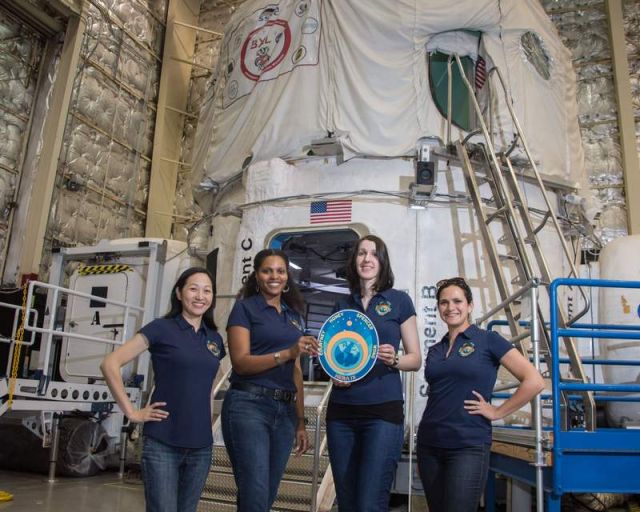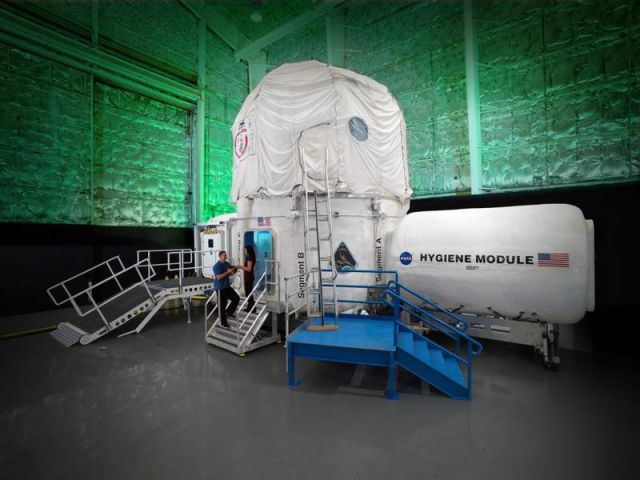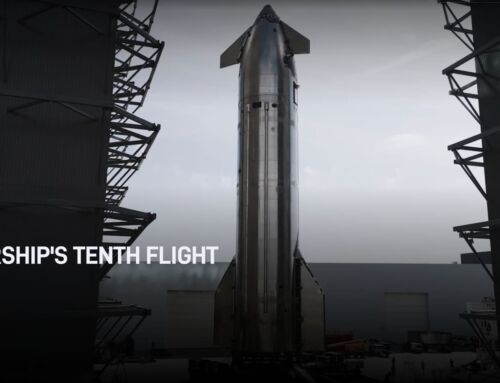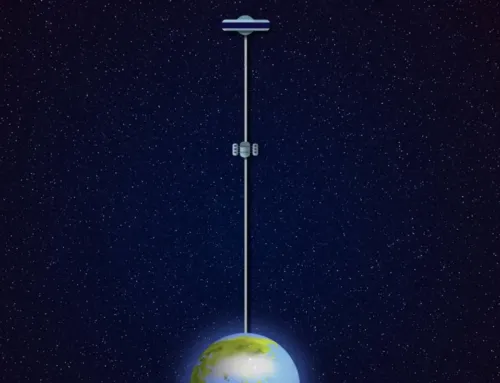A NASA’s 30 day mission in a small habitat, will help our researchers learn how isolation and close quarters affect individual and group behavior.
This study at our Johnson Space Center prepares us for long duration space missions, like a trip to an asteroid or even to Mars.
Above: The crew member selection process is based on a number of criteria, including the same criteria for astronaut selection. Credit NASA
The Human Research Exploration Analog (HERA) that the crew members will be living in is one compact, science-making house. But unlike in a normal house, these inhabitants won’t go outside for 30 days. Their communication with the rest of planet Earth will also be very limited, and they won’t have any access to internet. So no checking social media kids!
The only people they will talk with regularly are mission control and each other.
Because this mission simulates a 715-day journey to a Near-Earth asteroid, the four crew members will complete activities similar to what would happen during an outbound transit, on location at the asteroid, and the return transit phases of a mission (just in a bit of an accelerated timeframe). This simulation means that even when communicating with mission control, there will be a delay on all communications ranging from 1 to 10 minutes each way. The crew will also perform virtual spacewalk missions once they reach their destination, where they will inspect the asteroid and collect samples from it.
A few other details:
- The crew follows a timeline that is similar to one used for the ISS crew.
- They work 16 hours a day, Monday through Friday. This includes time for daily planning, conferences, meals and exercises.
- They will be growing and taking care of plants and brine shrimp, which they will analyze and document.
source NASA







Leave A Comment